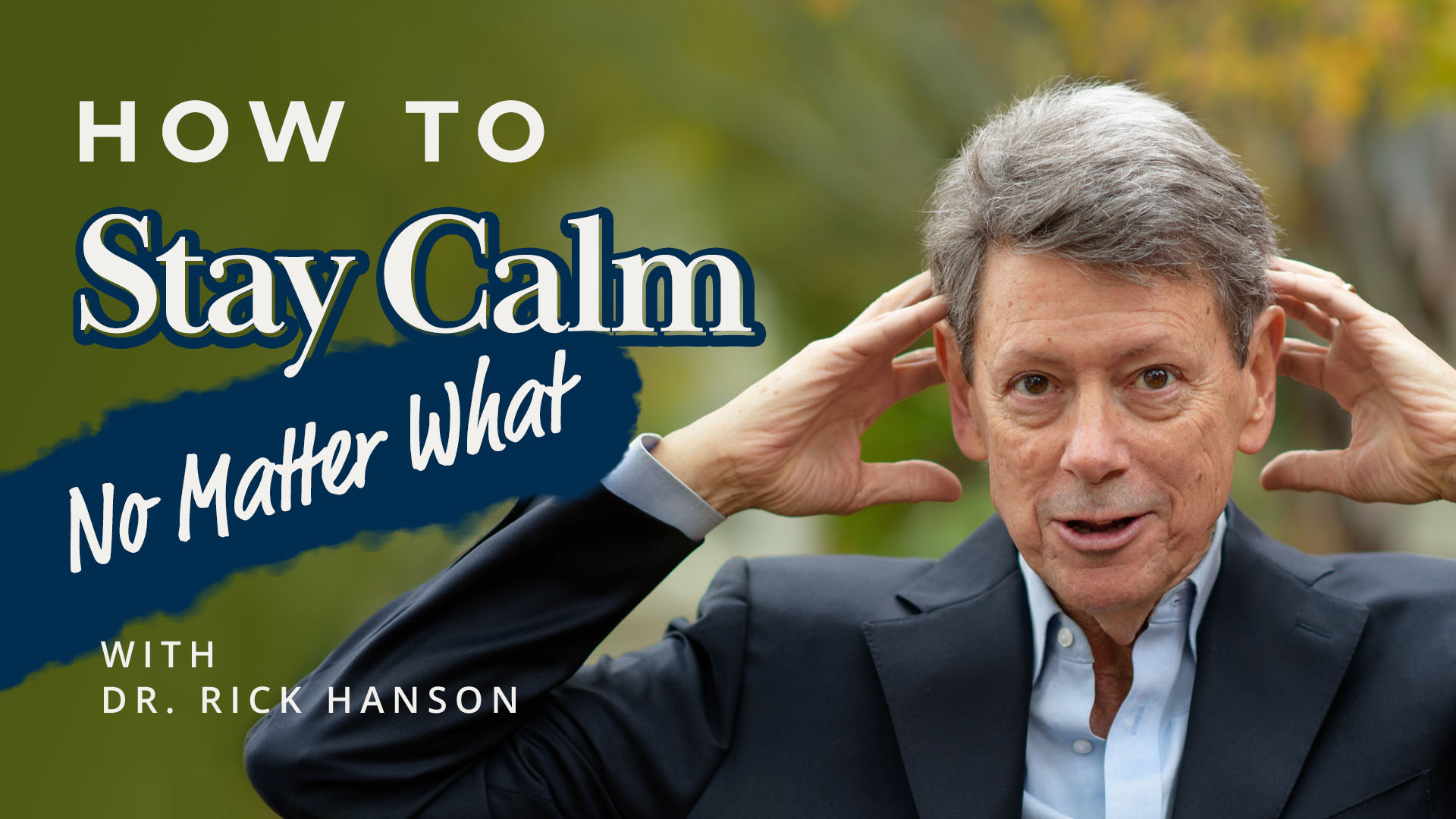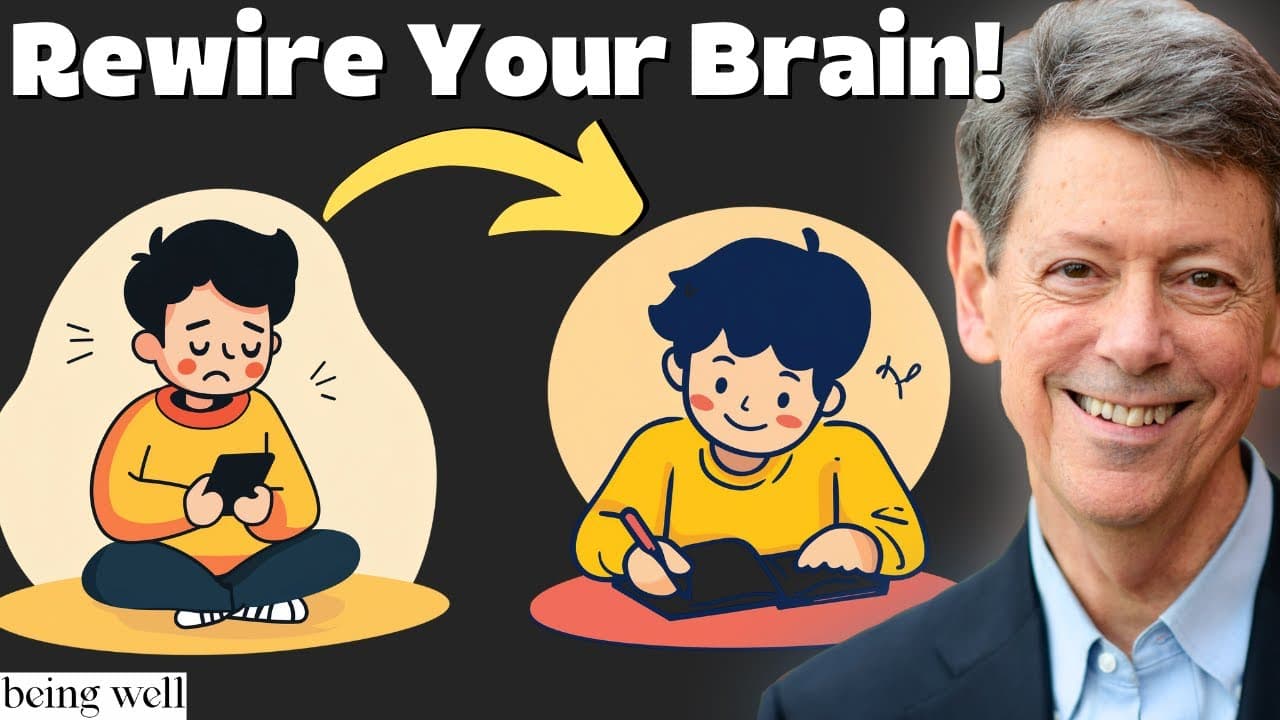© Rick Hanson, PhD and Rick Mendius, MD, 2007
One could rightly ask: How can intangible thoughts affect tangible matter (i.e., the brain)? This question is at the heart of the longstanding “mind-body problem,” and related questions include: How can mind arise from matter? Is mind reducible to matter? Does matter determine mind?
These are important, non-trivial questions, and they’ve occupied philosophers for millennia – and now, neuroscientists. Increasingly, their research is suggesting that the account of dependent origination (particularly, related to the moment of “contact”) given by the Buddha long ago is profoundly insightful: based on preceding conditions, mind and matter co-arise, co-causing each other, distinct but intertwined domains, empty of independent self-nature, joined fundamentally as a whole.
Let’s take this step-by-step. First, our thoughts, desires, feelings, personality, sense of “I,” etc., are patterns of information that are represented in the matter and energy of our nervous system. (Since E=mc2 , we’ll us the word “matter” alone from now on.)
In a similar way, patterns of information – say, a letter to a friend and a picture of the two of you together – are represented by the matter of your computer’s hard drive. Just so, information is carried by wires during a phone call, much as the Ode to Joy playing softly on a stereo was represented by modulations in a radio signal. And so on.
Second, matter can act on information, as anyone knows whose hard drive has crashed . . . or who has an aging parent with a fading memory.
Third, information can be conveyed by any suitable material medium. For example, the Ode to Joy can be represented by a written score, a radio frequency, electrical charges in an iPod . . . or by neuronal activity in your brain as you hum it from memory. In fact, the specific neural structures and processes involved in remembering the tune today will be different from those activated when you recall it tomorrow. It’s the melody that counts, not the medium which conveys it. This means that while information requires representation by matter (apart from any possible transcendental considerations), information can be causally independent – in a sense, free – of the domain of matter.
Fourth, information can act on matter – and act on information itself – through the patterning of matter that represents it. Using the example of the Ode to Joy, the matter of the CD which represents it modulates radio waves, which shape the flow of electrons going to your stereo speakers, which pattern sound waves in air, which activate circuits in your brain, the patterning of which is then – finally! – translated back into the lovely information of Beethoven’s masterpiece.
In sum, immaterial information cascades through the mind by the vehicle of linked, co-arising materiality. Even without reference to a transcendental principle, mind – consciousness – exists, it can’t be reduced to matter alone, and it shapes matter through the action of the material substrate which represents it.
Information and matter in the human nervous system are interdependent and reciprocally causal (which creates opportunities to use the mind to change the brain to benefit the mind). Much as light is both waves and photons, our existence is both informational and material. The teachings on emptiness apply here as well: distinctions between mind and brain are relatively true and often useful, but in an absolute sense, mind and brain form one unified system, each aspect of which is empty of inherent self-nature (as is any mind/brain system itself, in its interdependence with the world and other people).
While the details are complex and could take centuries to unravel completely, at its essence, we believe the mind-body problem is actually no problem at all.




